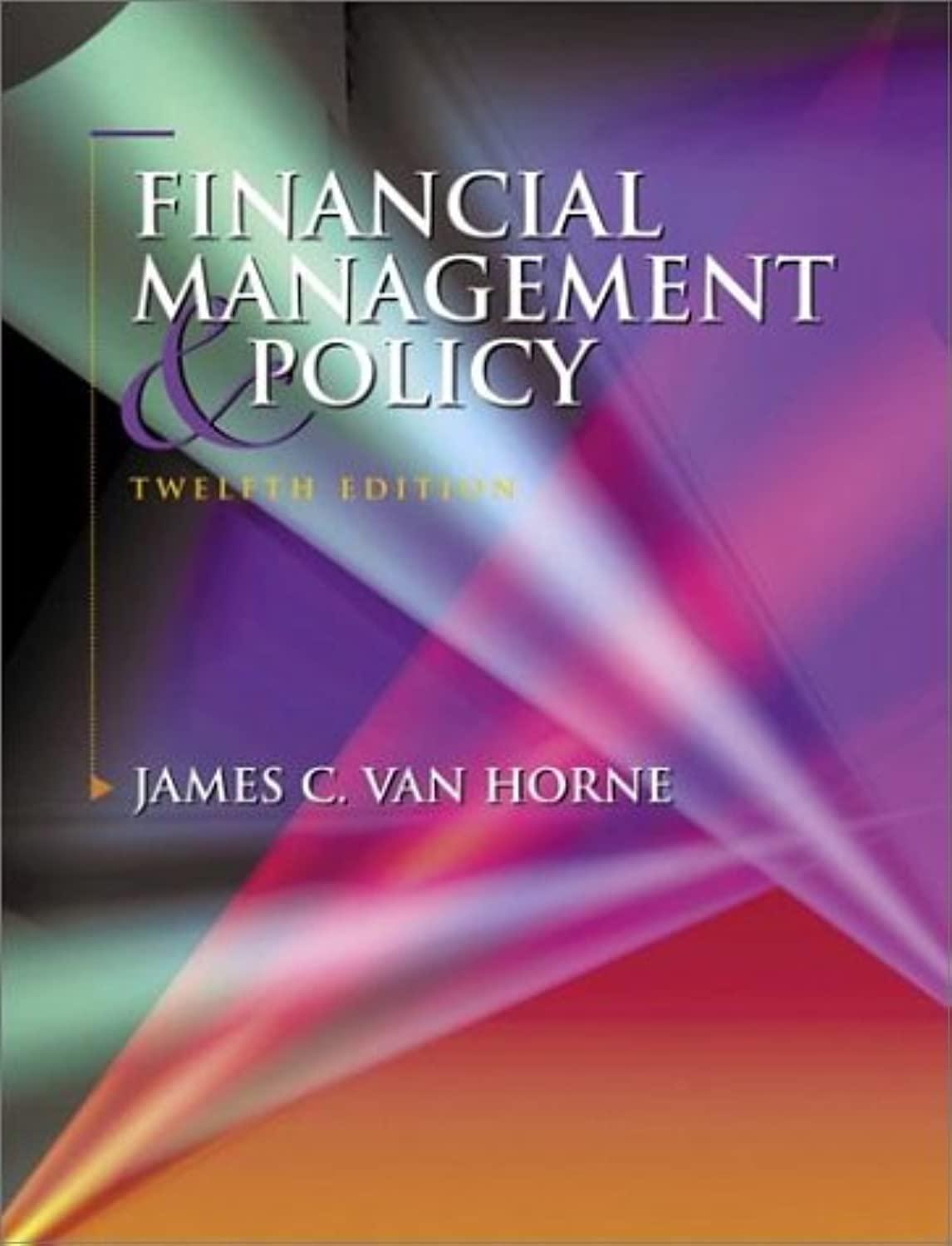Question
State and prove the Put-Call Parity condition for a non-dividend paying stock when the borrowing and lending rates are unequal. (b) Using the result in
State and prove the Put-Call Parity condition for a non-dividend paying stock when the borrowing and lending rates are unequal. (b) Using the result in (a), prove the Put-Call Parity result when the borrowing and lending rates are equal. (c) Would you ever exercise early an American call option on a stock with no dividends before expiry? Why? Prove your assertion. (d) Draw the payoff to writing a put with an exercise of price E. (e) If you write puts on the stock market index, such that the exercise price is set to be low relative to the current value of the index (writing an out of the money put), what are the benefits of this strategy for the writer? What are the risks for the writer for using this strategy?
(f) You are a pension fund manager with a problem. You are constrained by regulation to hold 50% of your pension portfolio in shares, but you are very worried about a stock market crash and would like to hold only riskless bonds. You are not constrained in dealing with a bank that will trade puts and calls with you. Can you use the put-call parity result to solve your problem by effectively holding and writing puts and calls?
Step by Step Solution
There are 3 Steps involved in it
Step: 1

Get Instant Access to Expert-Tailored Solutions
See step-by-step solutions with expert insights and AI powered tools for academic success
Step: 2

Step: 3

Ace Your Homework with AI
Get the answers you need in no time with our AI-driven, step-by-step assistance
Get Started


